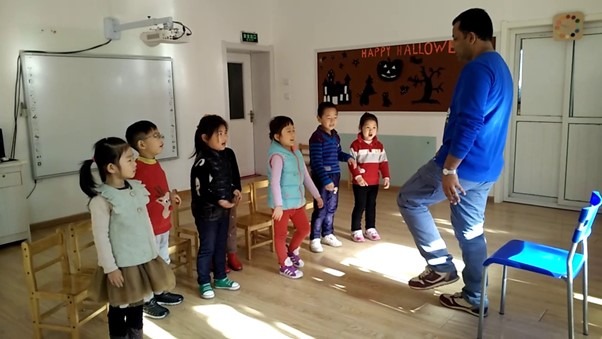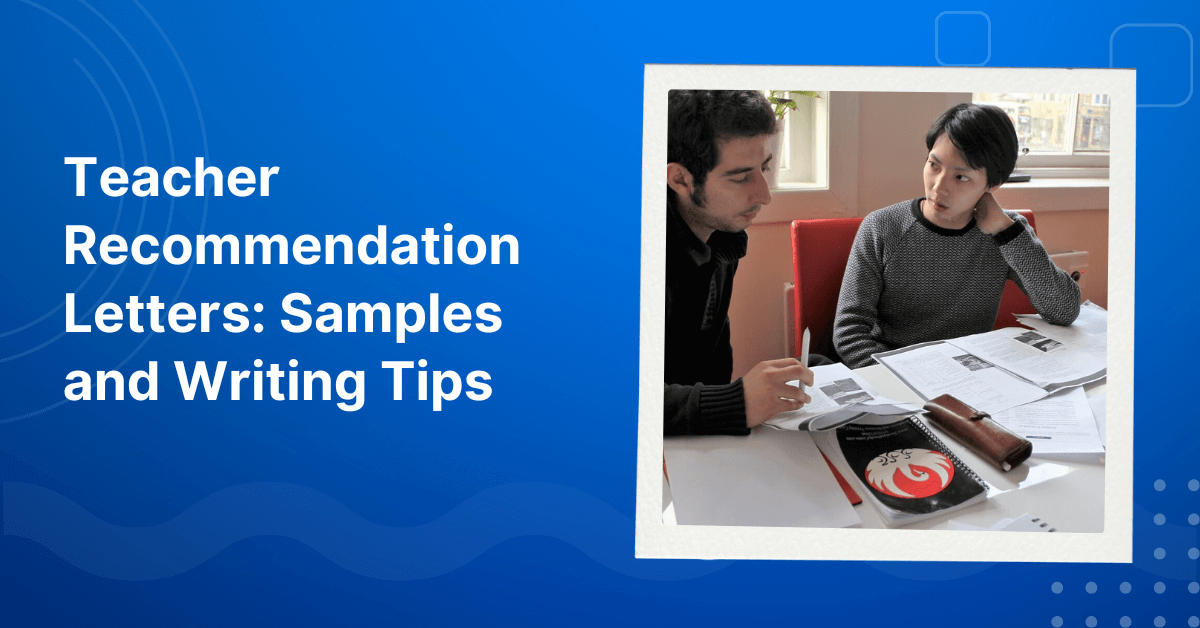Teaching is not easy especially with someone who just starts their teaching career. If you don’t prepare well for the lessons you teach, you can have troubles during your lessons such as: you forget what to teach, you finish your lessons too soon or too late or you go off track when you spend too much time on something out of the content. It makes your class not effective for the students, not interesting or even boring and your teaching career will not go far because of bad feedback from the students.
That’s the reason why to prepare before any class is the most important step with any teachers in this field. It accounts for 50% of the success of your classes. It gives you an overview of what will happen in the class and a guidance on what you have to do, which activities you need to choose to make the class interesting. That’s why all schools and English centers need their teachers to have a syllabus before any class as well as writing syllabuses is the skill that all people need to have if they want to be a teacher. In this article, we are going to find out how to write a good syllabus.
I. What is a syllabus course?
The syllabus of a course is the frame of what the it is. It tells the students and teachers what is being taught in the course as well as in what order it is being taught. This is especially true in language learning, as different types of syllabi will indicate what is being learned.
Depending on the focus of the course, the syllabus will generally be about six categories:
- The structural/formal syllabus This type of traditional syllabus is generally used in regards to teaching grammar. It organizes the grammatical structures based on complexity, hence very helpful in teaching grammar, verb tenses, or parts of speech.
- The notional/functional syllabus This type acts similarly, with the exception that it is organized not by the grammatical structure but by the functions of expression. For example, expressions related to comparison may be grouped into the same lesson.
- The situational syllabus This syllabus type is based on specific situations and circumstances and the language needed for those sets. For example, a situational syllabus may include a lesson on making phone calls to book a dentist appointment.
- The skill-based syllabus This type is centered on linguistic competencies/skills. This means that the lessons revolve around developing skills that are useful in the language such as reading, writing, speaking, and listening.
- The task-based syllabus as the name implies, this type of syllabus is based on activities and is task-driven. The lesson s focus on language learning for the completion of a task. This type of syllabus allows for more hands-on utilization of the language.
- The content-based syllabus This syllabus is carried out in a similar way to taking a course in a foreign language. The student is simultaneously learning both new language and new information on the course subject (e.g. mathematics).
II. What to prepare before writing a syllabus?
There are some factors that you need to be aware of before writing a syllabus, those are: the age of the group, the number of students, the time of the class and the level of students.
- The age of the group: There are different groups of students at different ages, children, teenagers or adults so you will need to know which group you will teach. It is really important because you can not choose the topics of adults to teach children and vice versa. Also the teaching methods to teach each group are different. Children tend to like learning by singing or dancing, the methods to teach teenagers and adults are similar. They like to learn by talking with each other, presentation and debate but adults like to talk about the topics of social matters or relationships.
- The number of students: knowing the number of students in your class is important to determine which activities you will use in the class. For example, if your class has only 5 students, you can focus on each person or work in pairs but
if your class has 20 students, you need to split them into 4 – 5 groups and choose the teamwork activities.
- The time of the class: This is important for you to time your activities better and structure your syllabus well. Usually the class will last for 1 – 1,5 hours but some centers can have 30-minute classes. Base( based) on that you can choose suitable activities for each class.
- The level of students: This is important for you to choose the topics, vocabularies and structure of sentences that you will use in the syllabus. Usually there are 3 levels of students: beginner, intermediate and conversational. You can choose simple topics with simple vocabularies like family for and choose more difficult topics like travelling, jobs interviews for conversational level.
III. What is included in a syllabus?
After you determine all factors of the class you will teach, it’s time for you to write your syllabus There are many types of syllabus In Vietnam, most schools and centers are teaching communication English and with this type of teaching, activities are an indispensable part. Here we are going to introduce you to a common syllabus structure which is used by many teachers and get recognition from Vietnamese students. This type of syllabus has 3 parts: warm up, body part and conclusion.
1. Warm up
Usually the students are tired and seem to have no energy when they first come to the class, the warm up part will give them energy and get them ready with the lesson so the activity used in this part can or can not relate to the content of the lesson.
There are many activities that you can use for the warm up but the most common activities the teachers usually use is playing games. Games are fun and exciting so it helps the students to be active and focus better when they come to the lesson. Some popular games you can choose are hangman, two truths and one lie, Simon says, e.g.
You should set the maximum time of this part 5 minutes, it’s enough to get students focused and get ready for the lesson. If it’s too long, it may be counterproductive.
You can refer some games for warm up here:
- https://www.gooverseas.com/blog/10-best-games-esl-teachers
2. Body part
This part contains all the content of your lesson, what you want to deliver to the students. This is the most important part of a lesson and also the most difficult part. The content sometimes can be boring with the students so it’s important to make it more interesting.
Usually, there will be 2 to 3 content knowledge sections in each lesson, you shouldn’t put too many knowledge sections because it will be too overwhelming for the students and after the lesson they might not remember well what they’ve just studied. The point here is in each section after you share the knowledge you will need to have an activity for the students to practice what they’ve just learned about. The activities should be fun and exciting to keep students’ interests. The activities would help them to engage with the lesson and remember better after the class because only listening to teachers sharing knowledge can be really boring and sleepy. They need to interact with teachers and classmates. So it goes like this:
CONTENT 1 -> ACTIVITY 1 -> CONTENT 2 -> ACTIVITY 2 -> CONTENT 3 -> ACTIVITY 3
There are some activities you can use in this part which are discussions, presentations or debates. The tip here is you should get them to work in pairs or work in groups, this helps them to be able to practice more and learn from their partner as well.
You should time the activity well to make sure that you have enough time to go through all sections.
Refer some syllabuses in the links:
- https://www.teacherspayteachers.com/
- https://www.weareteachers.com/second-grade-blogs/
3. Conclusion
Spend the last 5 minutes of the lesson to summarize what you’ve just taught them, what to notice, which part they’ve done well and not well. This helps them to have the overview of the lessons. You can also end your lessons by some games mentioned above with the content related to the lessons. This not only helps them to remember but also to feel comfortable after a long and stressful class.
IV. How to save your time when preparing a syllabus?
It may take a long for you to prepare your very first syllabus but after some time you will understand yourself, your pros and cons and also what the students like when they learn English then you can find your own style of preparing a syllabus. The tip here is you need to find you which structures of syllabus would suit your teaching methods and base on those structures you can adjust them with each group of students.
Above is something we would like to share with you – who are trying to be a teacher on how to build a syllabus well. We hope that this could help you to find your way to become a good teacher.
Are you facing difficulties in finding and securing teaching positions in Vietnam? Are visa procedures causing you trouble? Feeling overwhelmed and directionless upon your arrival in Vietnam for teaching assignments? Don’t worry, VTJ’s English Teaching Placement in Vietnam (EPIV) Program 2024 provides comprehensive support to solve ALL the matters.
👉👉👉 Click HERE to request free consultation
Author: Khoa Pham










Excellent explanation and worth while reading as I’m writing my own ENGLISH language development skills syllabus…very helpful inputs..thanks sooo much.